








Pinpoint beaches or bodies of water that could be cleaned and that are safe and reachable for all volunteers.


Contact the local parks department that oversees the cleanup location you choose to make sure you have the necessary permission to hold a cleanup there.
Come up with a plan to properly dispose of the trash and recyclables you collect.


Visit your chosen location prior to the day of the cleanup to determine:
Where to set up a check in station for volunteers
Where to leave bags of trash and recyclables, such as a large tarp laid out on the sand.
What areas volunteers will clean
Where volunteers can park


Figure out what kinds of supplies you will need, such as:
Work gloves for volunteers.
Adequate water container/cooler with enough water to keep volunteers properly hydrated, especially in warm temperatures (or remind volunteers to bring their own filled reusable water bottles).
First Aid kit for minor injuries, such as cuts and scrapes.
Sunscreen and bug spray may be needed.
Trash bags, avoiding the use of plastic bags (or request your volunteers bring reusable containers, like buckets). Biodegradable “plastic” bags should be your last option.
Hand sanitizer or wipes available for volunteers after the cleanup.
Optional: Bring a fish or a luggage scale (a scale with a hook) to weigh the trash you collect, if you have such items at home.

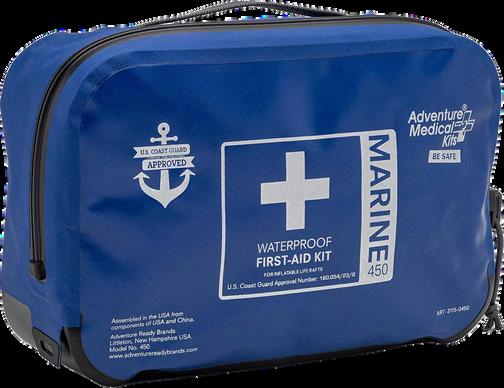


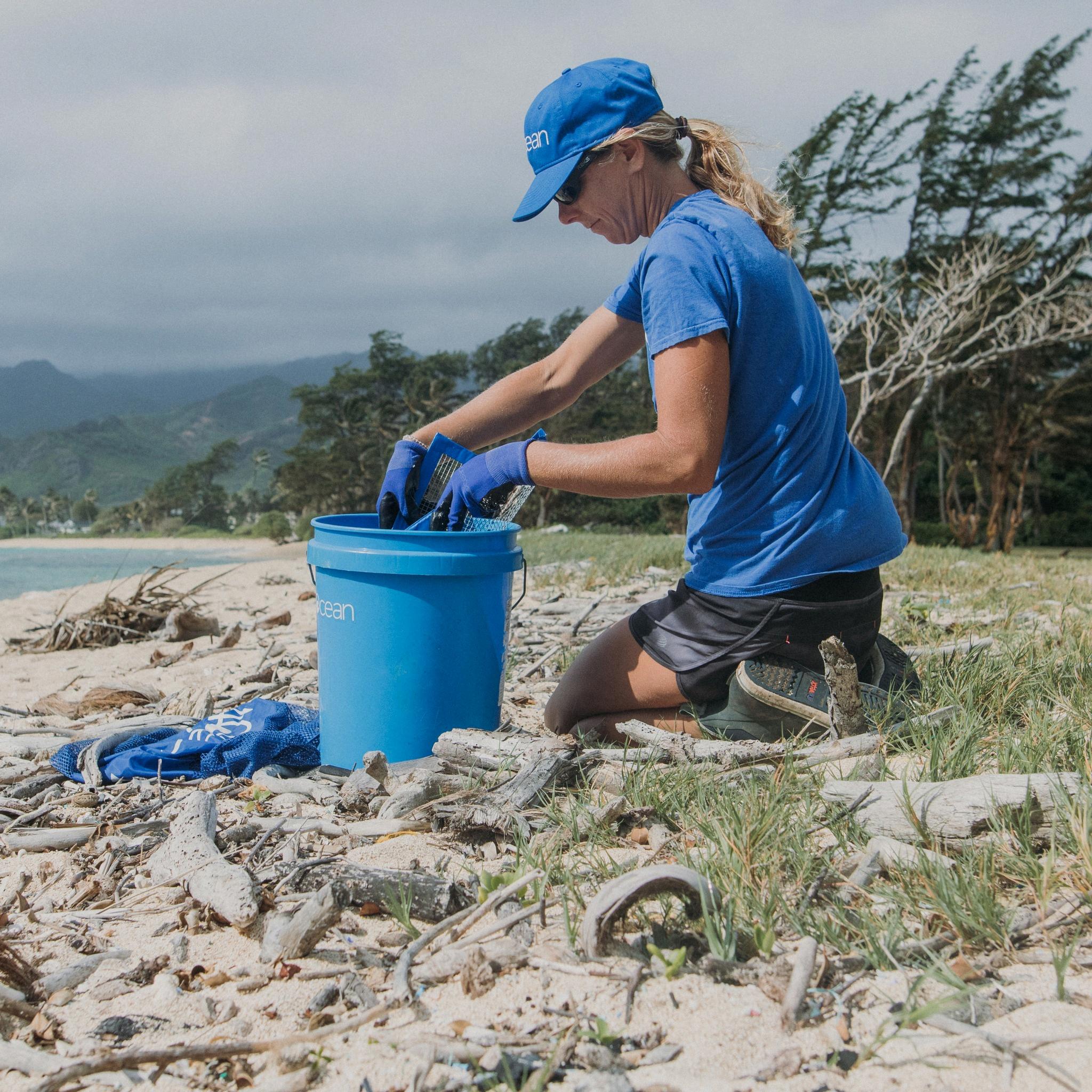



Review what to do in case of a health emergency (such as heat exhaustion or heat stroke, broken bone, etc.) and find out whether any of your volunteers have medical training or have any basic first aid skills.
Always notify the nearby lifeguard first when someone needs medical attention. When visiting the site, look for natural and manmade safety hazards, such as rocky areas, highly variable tides, poisonous plants, high speed roads, power lines, etc. If necessary, inform your volunteers that they may need to dress accordingly, such as wearing long pants or (what we recommend to all volunteers) closed toed shoes.
Plan ahead for handling sharp items, such as syringes or pieces of broken glass. We recommend disposing of these items in a wide mouth container with a tight screw lid, such as an empty liquid laundry detergent bottle that you have clearly labeled or a sharps container.
Be sure to have a reputable recycling facility that will accept your collected recyclables. Also, be sure to have a nonrecyclable plan with a reputable waste management facility, i.e. a landfill.

Make sure to label bins with explanations of what items can go where. Label the bins for “Recycling,” and “Trash”.
You can sort the debris you collect and the waste generated during the event on the large tarp laid out on the sand.
This is a great educational moment for volunteers!



Who is taking photos?
Should be pictured Before, During, and After

What Cameras will be needed?
Do we currently have them?
Who do they belong to?
Where are they currently located?
Who “owns” responsibility of charging, setup, memory cards?
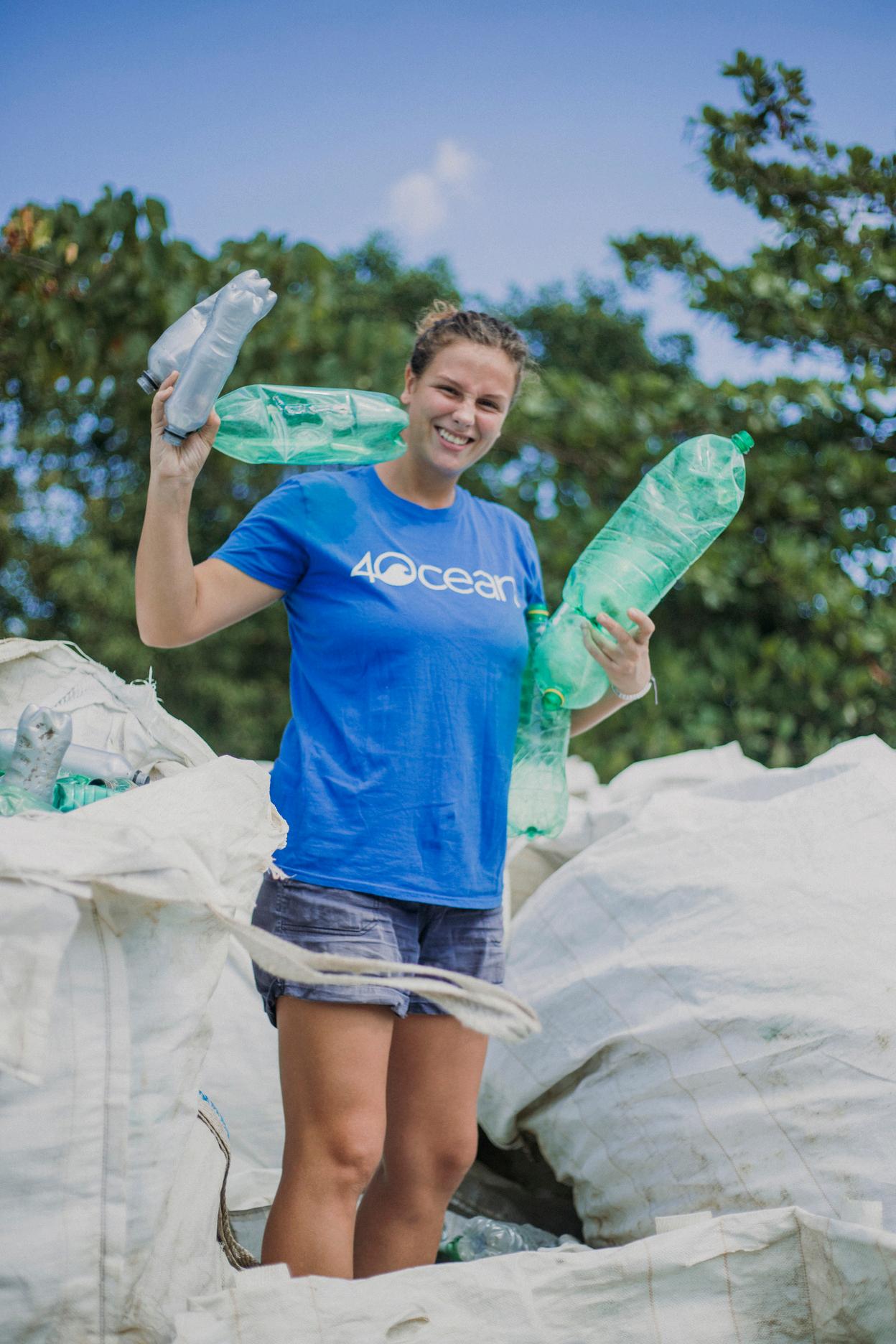
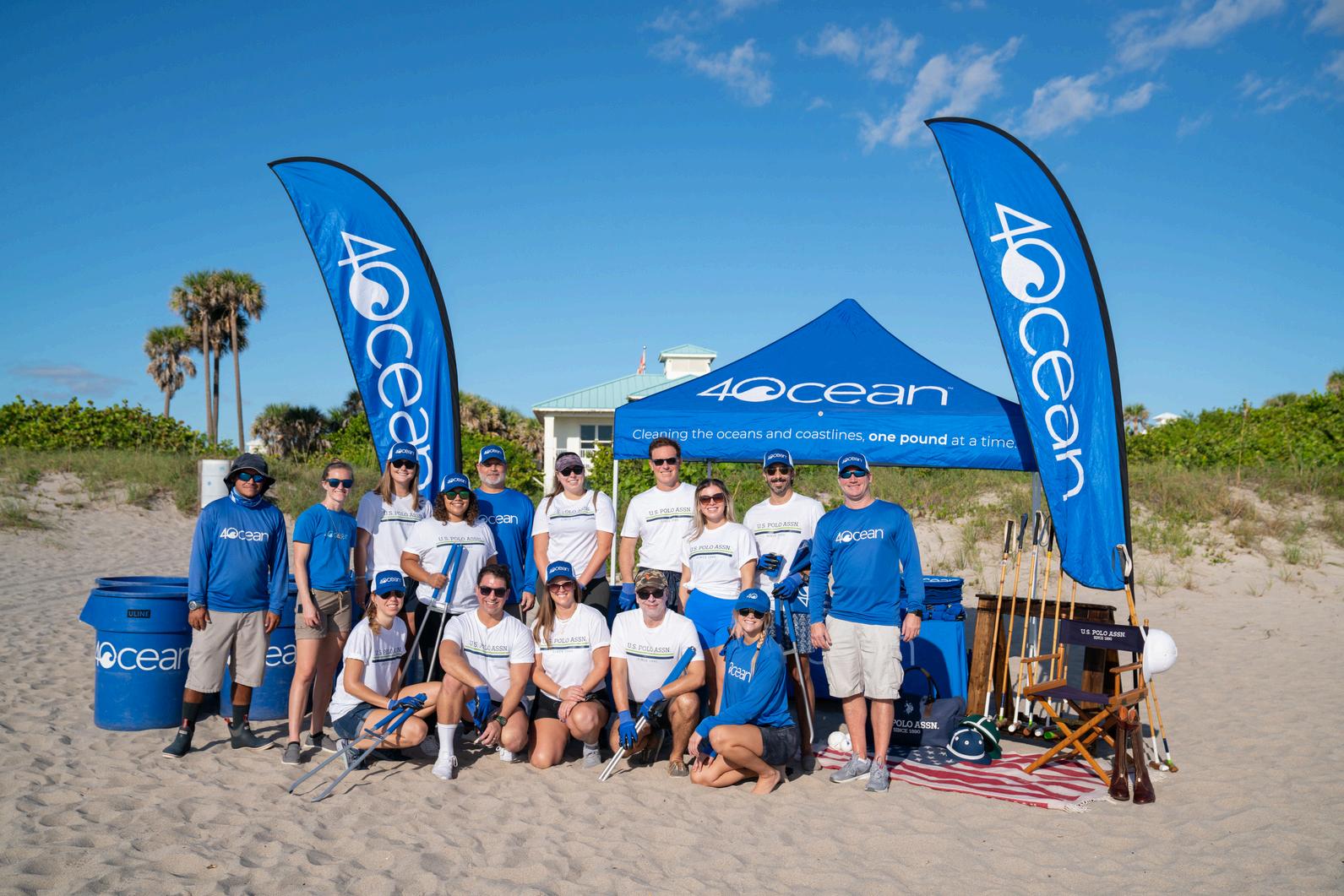

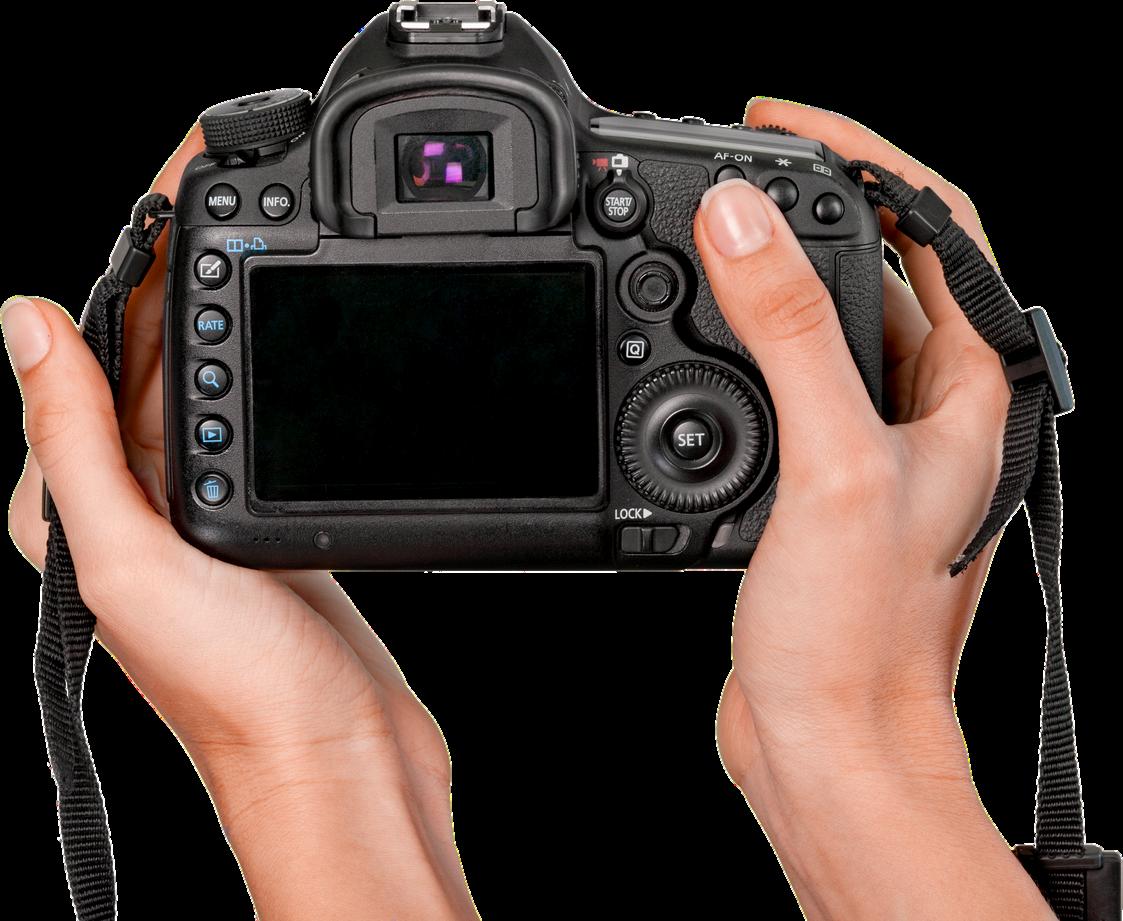
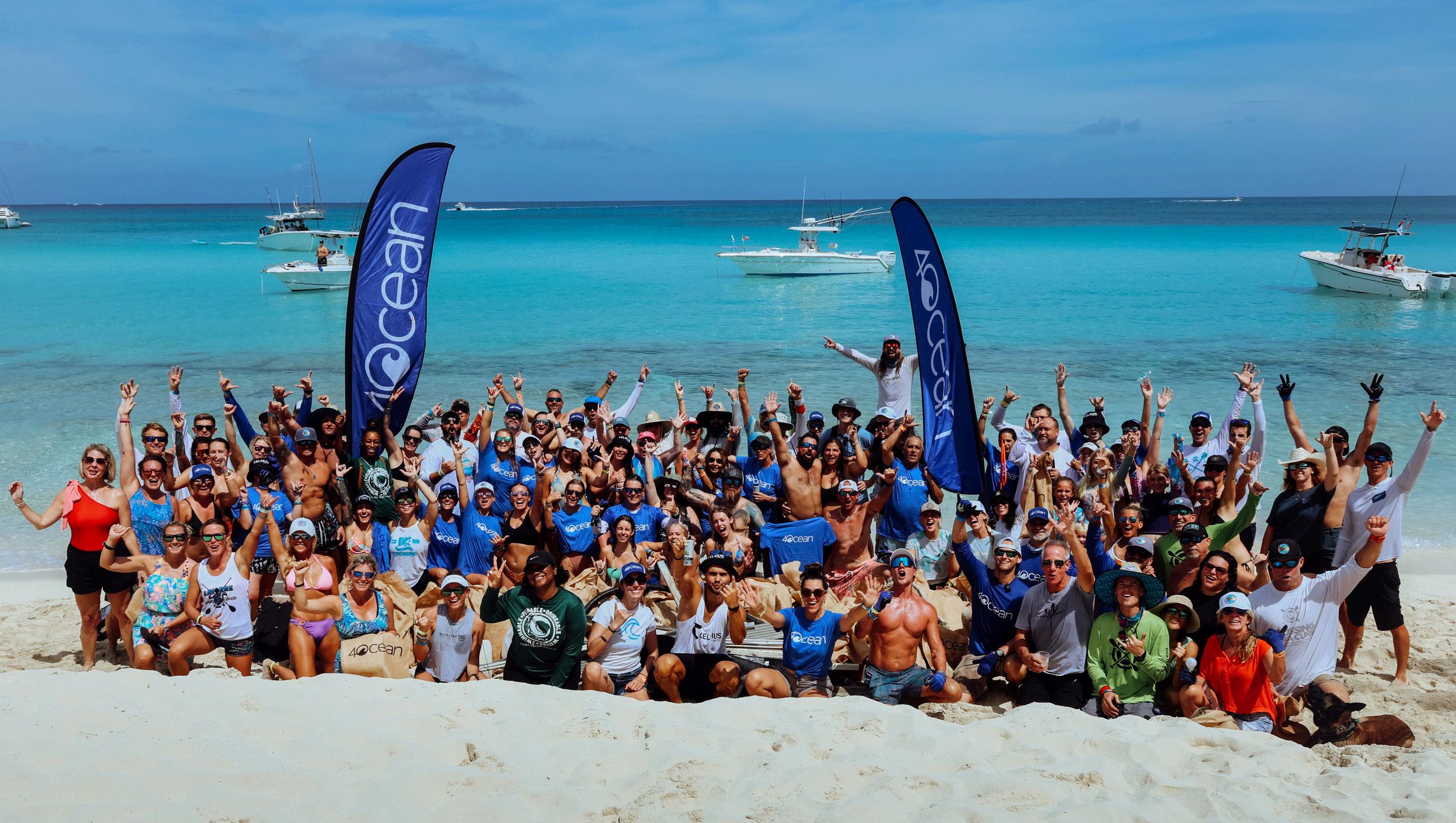
Where will they be Distributed? (Internal / External)
Will they be uploaded to or posted?
Who “owns” this?
What channels, and what timelines?
Anyone that MUST be mentioned or tagged?
(Contributors, Sponsors)
Will photos need editing or able to be posted as is?
Does anyone have screening/approval rights for content shared?
Who “owns” Copy and Messaging?
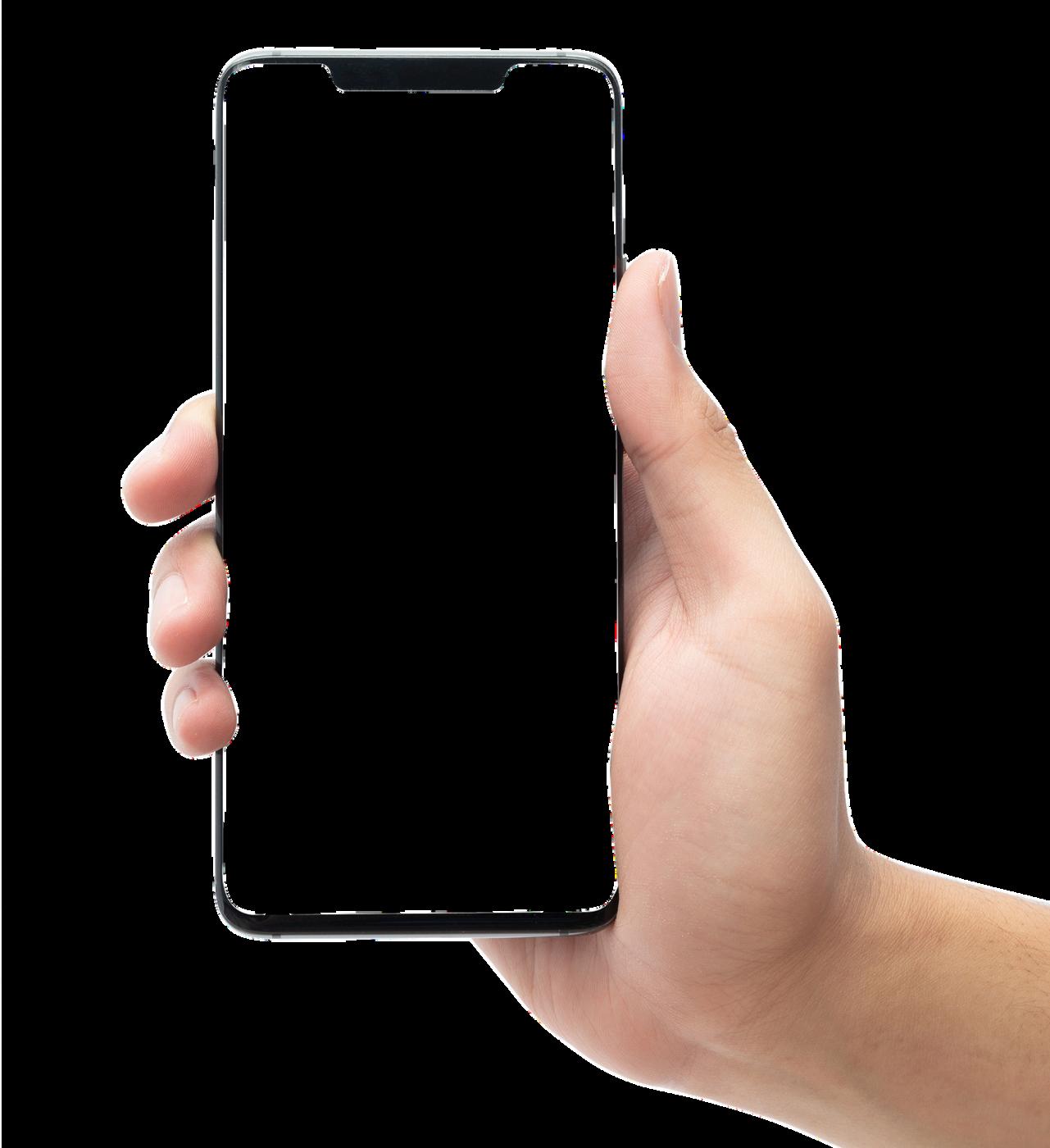


Social media plays a huge part in the success and overall impact of the cleanup effort. Making and sharing creative content for the event, like:
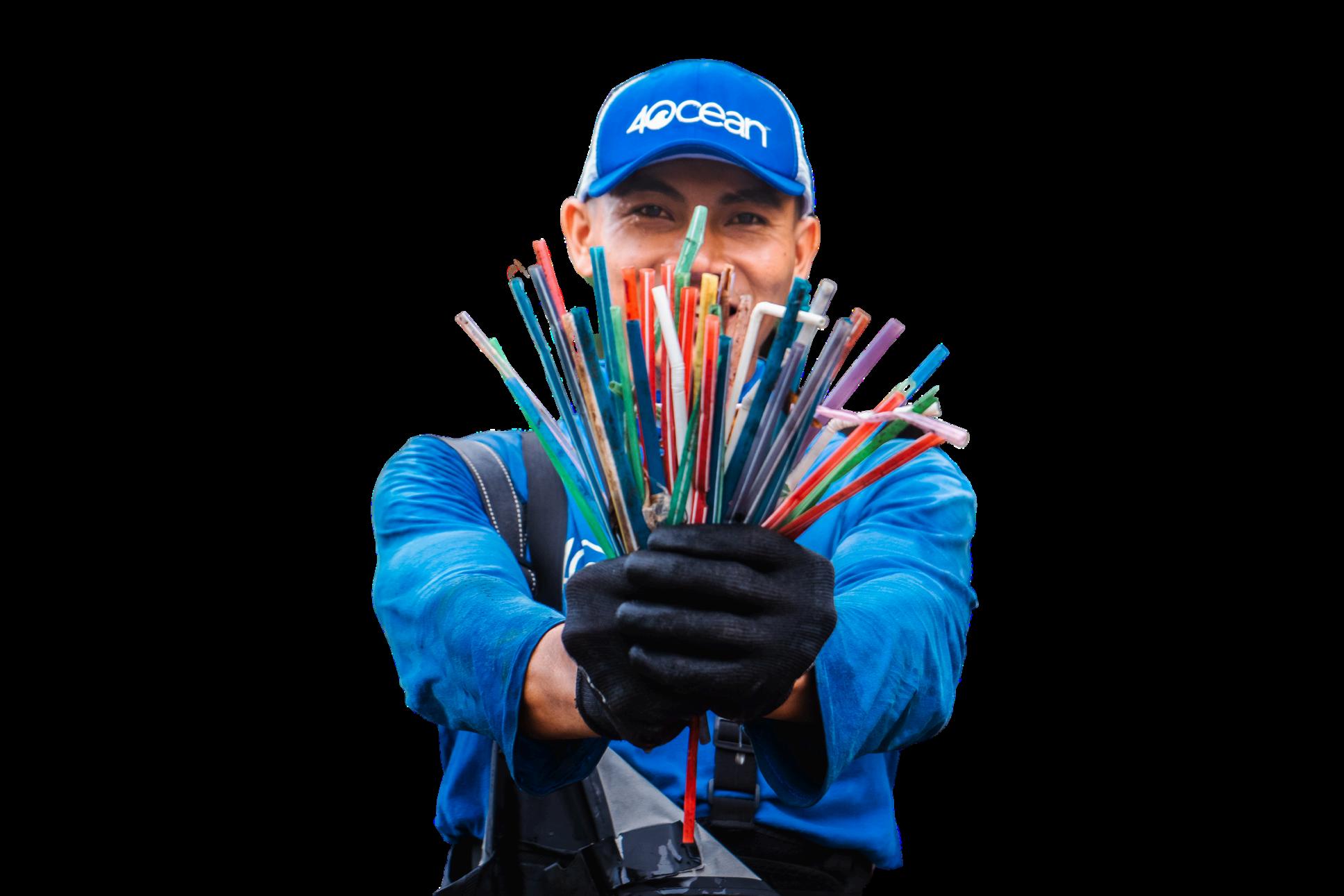

Creating a detailed flier that had all the event details.
Content tailored towards hyping up our beach goers:

This may include doing a five minut much trash you could collect in suc
Other content can include quick cli owners and participants speaking a urging people to come out and par Make good use of the re-sharing an available on social media platforms
Consistently tagging our top sponso that each post was re-posted and se our audience.

